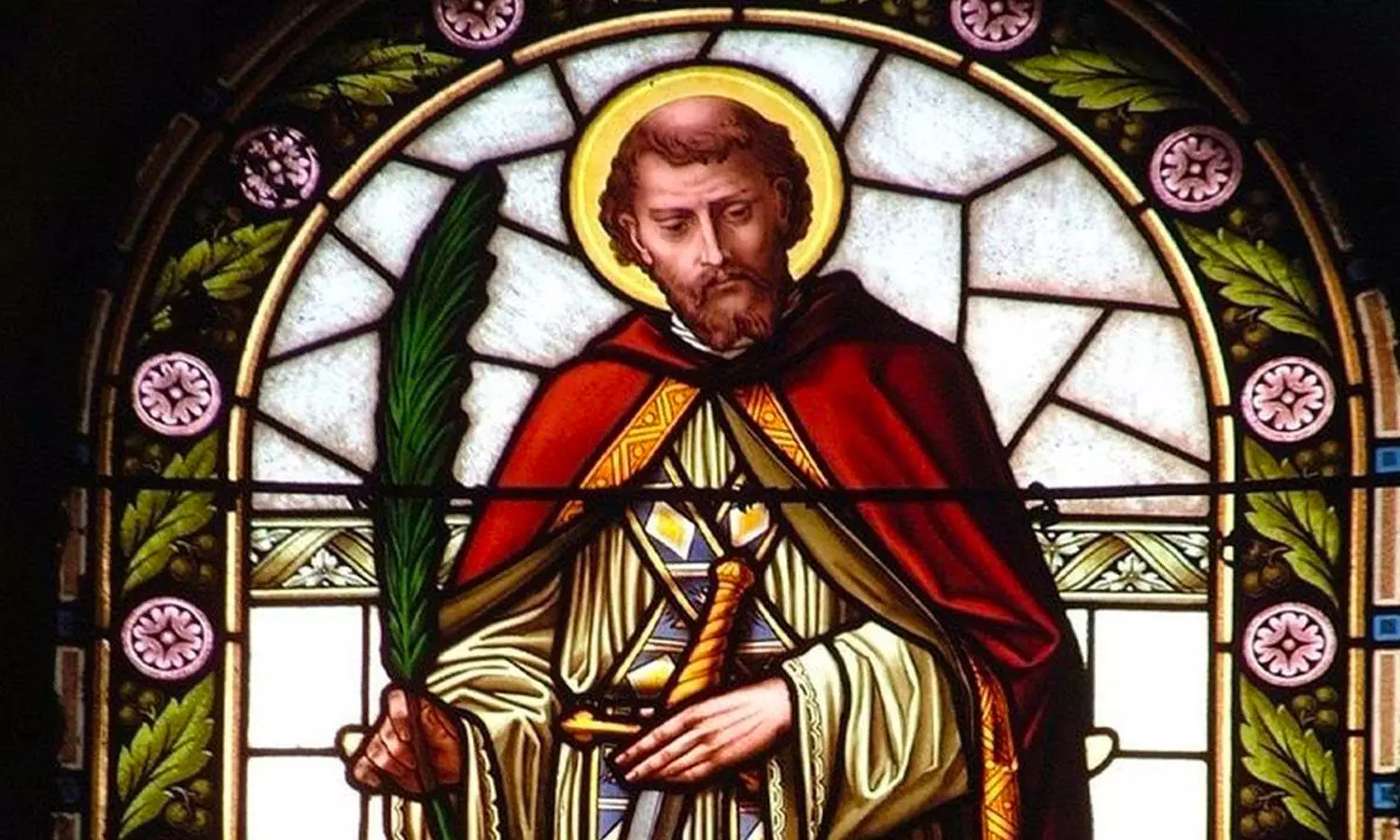Saint Valentine—who was he, and what is the history of Valentine's Day?
Upon his death in 270 AD, Valentine was canonized by the Roman Catholic Church for his possible role as a priest who assisted Christian couples in secret marriages. It became an urban legend.
image for illustrative purpose

“Love comforteth like sunshine after rain.”
– Venus and Adonis, line 799, Shakespeare
Today is Valentine's Day 2024, which means flowers, chocolate boxes, and pastel colours. Kindergarteners make cute boxes to get Valentine's Day wishes from their classmates. Meanwhile, adults plan romantic dinners and give each other thoughtful gifts. Actually, the holiday's history is a little more complicated. A short but interesting history of Valentine's Day, from its beginnings to how it is celebrated today:
It's fitting that the holiday is named after Saint Valentine, but who was he?
Valentine is probably a mix of two people named Valentine who were killed on February 14 in different years by the Roman Emperor Claudius II in the 3rd century A.D. Maybe the Catholic Church made February 14 St. Valentine's Day to honour these two brave people who died for their faith.
One of these men, Saint Valentine of Terni, is said to have gotten Roman soldiers married in secret, against the emperor's orders. This made some people see him as a supporter of love.
Writing love letters to your Valentine is mentioned in another story. People say that St. Valentine sent the first "valentine" to a young girl he taught and fell in love with while he was in jail for the crimes listed above. History says that he sent her a letter before he died that was signed "From your Valentine," which is still a common phrase.
In ancient Rome, there was a fertility festival in the middle of February called Lupercalia. Some people think it was a precursor to Valentine's Day date. This wild party was held in honour of Faunas, the Roman god of agriculture, and Romulus and Remus, the founders of Rome.
If none of this sounds very lovey-dovey, that's because Valentine's Day didn't become the romantic holiday we know today until the Middle Ages—and we may have the poet Geoffrey Chaucer to thank. The late scholar Jack B. Oruch, a University of Kansas English professor, determined that Chaucer was the first to link love with St. Valentine in his 14th-century works "The Parliament of Fowls" and "The Complaint of Mars." As a result, Oruch claimed that Chaucer created Valentine's Day as we know it today.
Whether or not Chaucer deserves full credit, it is true that he and fellow author Shakespeare popularised the amorous associations of the day. People soon began writing and exchanging love letters to commemorate Valentine's Day. Many of today's commercialized Valentine's Day traditions date back to the mid-19th century. Victorian men wooed women with flowers, and Richard Cadbury invented the first heart-shaped box of chocolates.
It's not just about St. Valentine! Cupid—the winged baby boy frequently seen on Valentine's Day cards and paraphernalia—is another symbol of this love-filled day. Cupid was the son of Venus, the goddess of love and beauty, according to Roman mythology. He was known for shooting arrows at both gods and humans, causing them to fall in love right away. While it's unclear when Cupid was introduced into the Valentine's Day story, it's obvious why!

